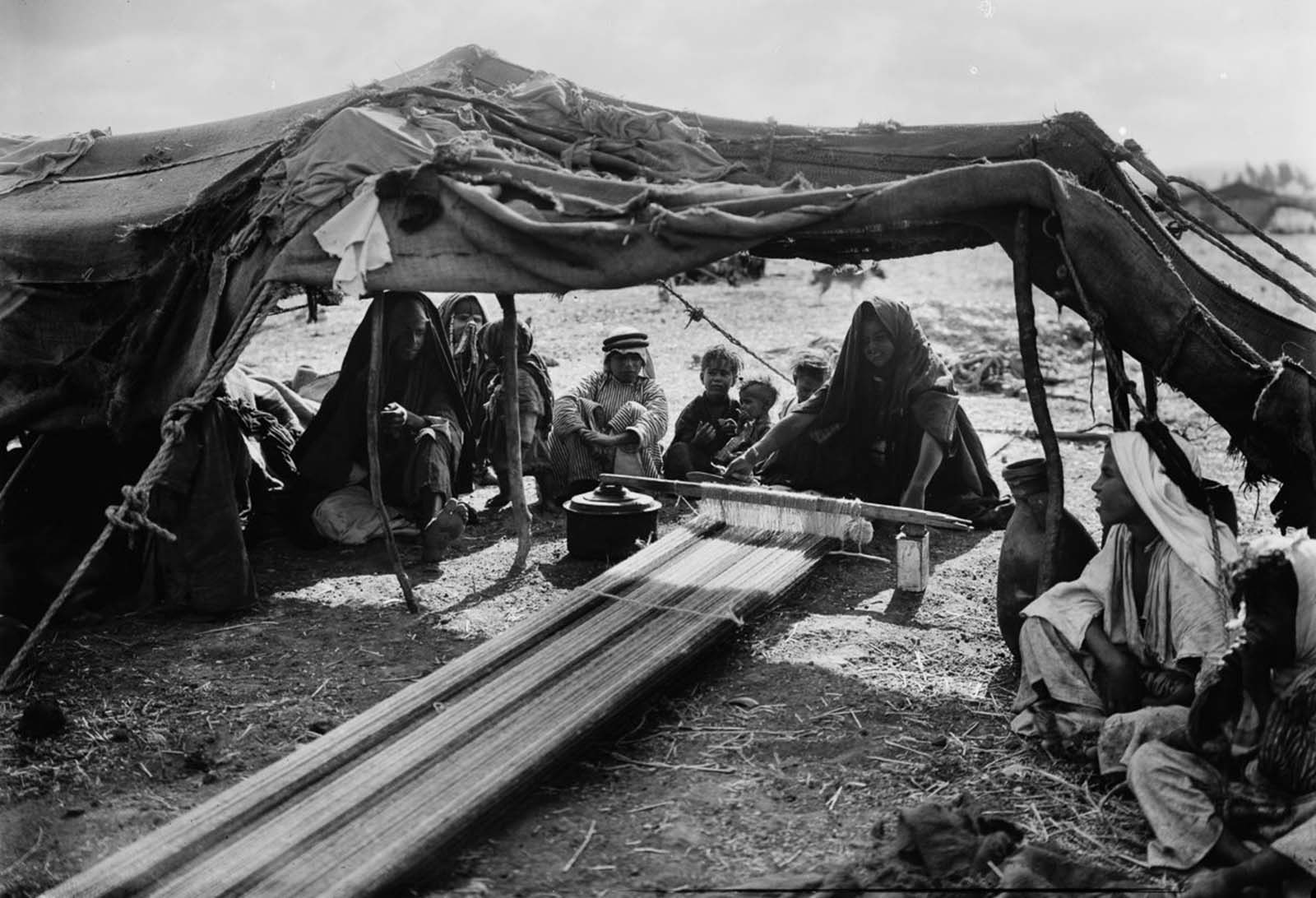#Al_Sadu #Bedouin #Women #Weaving #Textiles #Bedu #Culture #Kuwait #Arab #History #Tradition #Art #MiddleEast #Our #World
Al Sadu - Kuwait
Bedouin Weaving
"The process of weaving is known in Arabic as Al Sadu, which is also the name of the loom. Threads are stretched between four pegs hammered into the ground to form a long rectangle. Being flat it can easily be rolled up and carried from place to place.
Weaving is one of the oldest crafts of the Arabian Peninsula, and historically, woven textiles were, arguably, the most important artifacts produced by the Bedu society of Kuwait. With traditional Arab culture under threat of change, and desert life in a state of transition due to the region's socio-economic developments, the Bedu have lost much of their traditional status, making their craft skills less valued and meaningful, and resulting in the traditional weaving culture changing beyond recognition and driven to near extinction.
Bedu women are responsible mainly, for associated weaving traditions and historically they have verbally passed information of weaving techniques, patterns and symbolism from generation to generation, but due to the lack of formal education, little has been recorded or documented by them, although through the language of Al Sadu weaving, the textiles speak for themselves.
Bedouin women weavers wove textiles on simple ground looms using hand spun yarns of camel and goat hair, sheep fleece and commercially sourced cotton. Woven textiles were typically constructed from simple warp faced weave techniques and complex complimentary warp techniques, with additional weft twining methods. Traditional woven patterns and designs message the nomadic lifestyle, the desert environment, and the emphasis of symmetry and balance due to the weaving process, providing an expressive visual ‘voice’ to the women weavers."
Keireine Canavan - University of Wales Institute Cardiff UWIC






